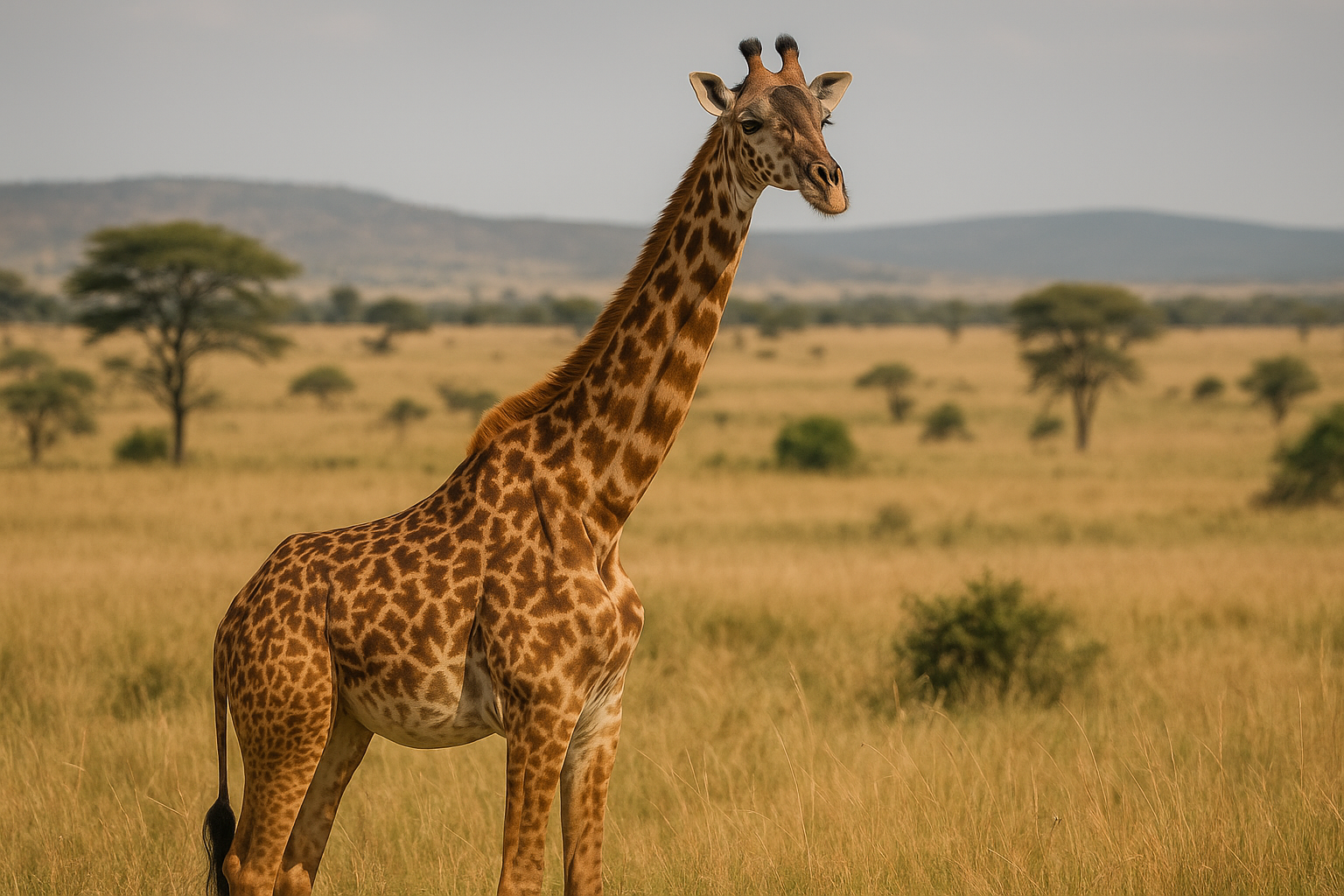The African male lion
The African male lion, often hailed as the "King of the Jungle," exudes an air of authority and grandeur that commands respect across the savanna.
With a majestic mane encircling his head like a golden crown, the lion epitomizes power and regality.
This mane, which darkens with age, serves as a symbol of maturity and strength, intimidating rivals and attracting potential mates.
His piercing amber eyes seem to radiate wisdom and dominance, while his muscular frame and powerful stride reinforce his role as a natural leader.
The lion’s roar, a deep, thunderous sound that can be heard up to five miles away, asserts his dominion over vast territories.
It is both a warning to intruders and a call to his pride, underscoring his role as protector. Lions are social creatures, and the male lion’s responsibility extends to leading his pride—a group of lionesses and cubs—ensuring their safety, securing food, and defending against external threats.
In the wild, the lion's prowess is unmatched. His ability to strategize during hunts and his unyielding courage in the face of danger further solidify his status.
Despite the phrase “King of the Jungle,” the lion’s realm lies not in dense forests but in open grasslands and savannas.
Here, his golden coat blends seamlessly with the sunlit terrain, symbolizing his connection to his environment and his role as its apex predator.
Culturally, the lion embodies bravery, strength, and leadership, revered in African folklore as a creature of nobility.
Though challenged by the harsh realities of survival and environmental threats, the African male lion remains a powerful symbol of resilience and majesty, earning his rightful place as the undisputed king of his domain.
His presence is a reminder of the beauty and balance of nature, commanding admiration from all who encounter him.




.webp)







No comments:
Post a Comment